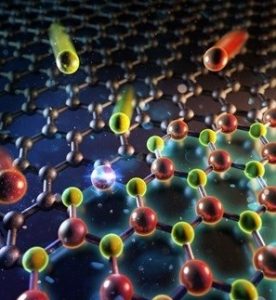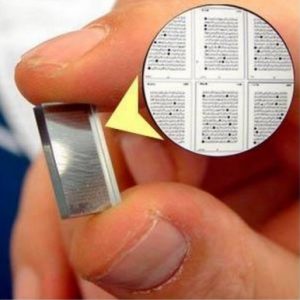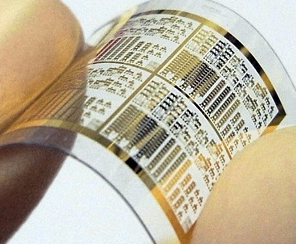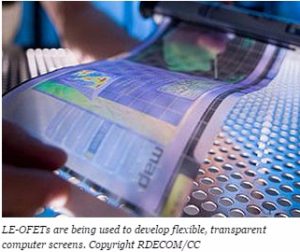KOREA NANOTRONICS Co, Ltd ; (주)코리아 나노트로닉스.
Nanoelectronics :
Nanoelectronics refers to the use of nanotechnology in electronic components and it covers a diverse set of devices and materials. They are so small that inter-atomic interactions and quantum mechanical properties need to be studied extensively. Nanotechnology is like a toolkit for the electronics industry. It gives us tools that allow us to make nanomaterials with special properties modified by ultra-fine particle size, crystallinity, structure or surfaces. These will become commercially important when they give a cost and performance advantage over existing products or allow us to create new products. Nanotechnology is changing significantly the field of electronics, especially in regard to computers, telecommunications and optics. Nanotechnology is already being used by the electronic industry and you will be surprised to know that many of today’s electronics have already incorporated many applications that the nanotechnology science has developed. For example, new computer microprocessors have less than 100 nanometers (nm) features. Smaller sizes mean a significant increase in speed and more processing capability.
A. Semiconductors & Transistors :
Multi-Layers, Nano-based, Materials by Quantums, Silicons, Graphene, CNT, Etc,
![]()
1). Organics :

2). Inorganics :
 3. Zno Semiconductor
3. Zno Semiconductor
 4.
4.
B. Display :
Transparent Flexible Display with Graphene, Quantum and OLED, Etc.
1). Electronic Paper :
 As we learned in intro physics, everything is made up of atoms, and atoms are made up of protons, neutrons and electrons. Protons have a positive charge, neutrons have a neutral charge, and electrons have a negative charge. When these charges are out of balance, an atom becomes either positively or negatively charged. The switch between one type of charge and the other allows electrons to flow from one atom to another. This flow of electrons, or a negative charge, is what we call electricity. Since our bodies are huge masses of atoms, we can generate electricity. A resting male can put out between 100 and 120 watts of energy, in theory enough to power many of the electronics you use, such as your Nintendo Wii (14 watts), your cellphone (about 1 watt) and your laptop (45 watts). Eighty percent of body power is given off as excess heat.Read more:
As we learned in intro physics, everything is made up of atoms, and atoms are made up of protons, neutrons and electrons. Protons have a positive charge, neutrons have a neutral charge, and electrons have a negative charge. When these charges are out of balance, an atom becomes either positively or negatively charged. The switch between one type of charge and the other allows electrons to flow from one atom to another. This flow of electrons, or a negative charge, is what we call electricity. Since our bodies are huge masses of atoms, we can generate electricity. A resting male can put out between 100 and 120 watts of energy, in theory enough to power many of the electronics you use, such as your Nintendo Wii (14 watts), your cellphone (about 1 watt) and your laptop (45 watts). Eighty percent of body power is given off as excess heat.Read more:
http://technicalstudies.youngester.com/2010/06/paper-electricity-generated-by human.html #ixzz0qyn7l7iGUnder Creative Commons License: Attribution
2). Transparent Flexible Displays :

3). Transparent Flexible Screen


